How to Properly Check Your Motorcycle's Tire Pressure

Its easy, but theres still a right way to do it.
OK, I know, checking a motorcycle’s tire pressure is super easy. All you do is take out your handy tire gauge and apply it correctly to the wheel’s valve stem. Well, yes…and no. Tire manufacturers recommend that you check your bike’s air pressure when the rubber is cold – meaning at ambient temperature. If you’ve ridden your bike in the last few hours or have parked it in the sun, where the tires can absorb heat, the pressure will read artificially high.
Yes, we know that racers often check tire pressure immediately after they leave the track, but they’re actually using the pressure rise they’re getting out of their tire as a barometer for estimating the tire’s temperature and whether they’re leaving potential traction on the table.
Street riders have different needs. First, the air pressure helps the tire carcass maintain the proper profile, making for predictable handling in the varied environments encountered out in the real world. Second, proper air pressure helps keep the tires from overheating and cooking the life out of the rubber compounds. (A quick FYI, race bikes typically run lower tire pressures than street tires.) Third, your bike will get better gas mileage and longer tire life with proper inflation. Finally, both over- and under-inflated tires are more prone to failure than those using the correct air pressure.
So, before you ride your bike, check the tires’ pressure with an accurate gauge. Also, if you need to move your bike to get the valve stem to an easier place to use the gauge, take advantage of the movement to examine the tire’s tread for any sharp pokie things (a technical term) that could – or may have already – cause(ed) a leak. If it turns out that your tires do need air, an inexpensive bicycle pump can take care of upping the pressure a couple pounds without you even breaking a sweat.

Like most of the best happenings in his life, Evans stumbled into his motojournalism career. While on his way to a planned life in academia, he applied for a job at a motorcycle magazine, thinking he’d get the opportunity to write some freelance articles. Instead, he was offered a full-time job in which he discovered he could actually get paid to ride other people’s motorcycles – and he’s never looked back. Over the 25 years he’s been in the motorcycle industry, Evans has written two books, 101 Sportbike Performance Projects and How to Modify Your Metric Cruiser, and has ridden just about every production motorcycle manufactured. Evans has a deep love of motorcycles and believes they are a force for good in the world.
More by Evans Brasfield



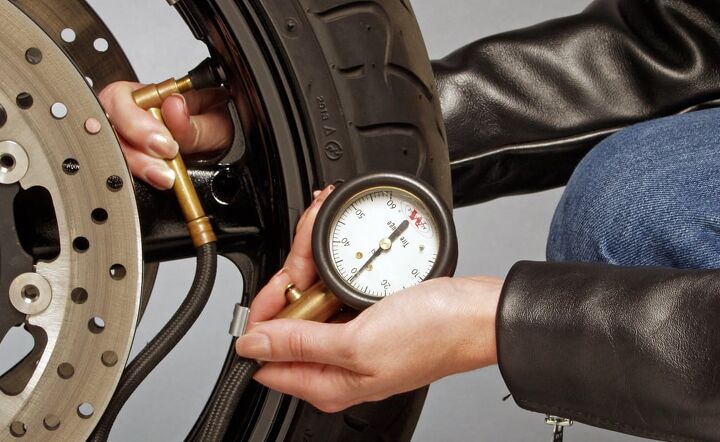
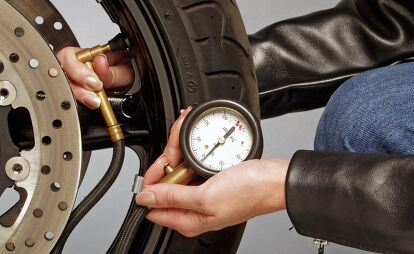




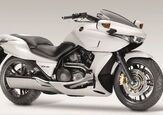
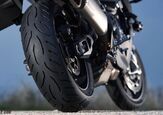
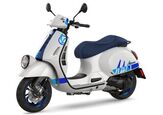


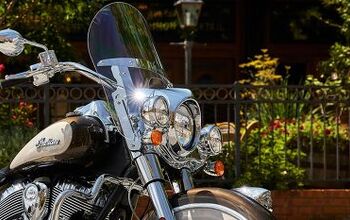

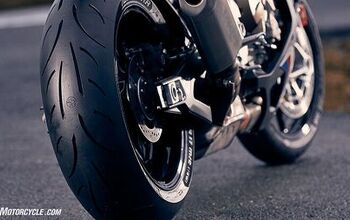


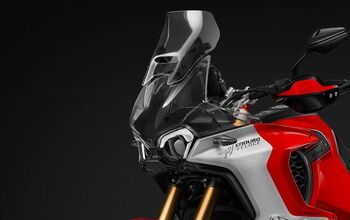

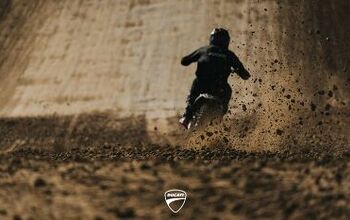
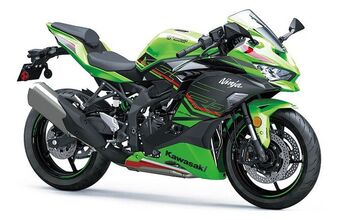

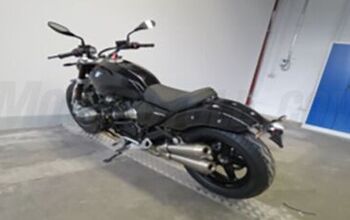



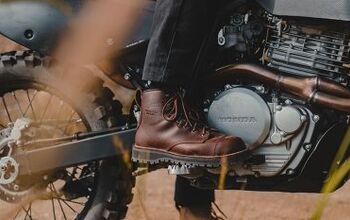

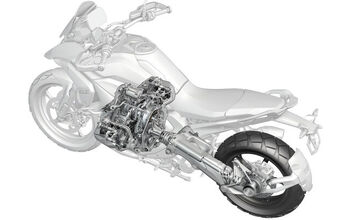
Comments
Join the conversation
Every time I check the pressure on my touring cruiser rear tire, I curse myself for buying the bike, and the engineers who hide that tiny valve stem so that it only accessible or visible from the rear 20% of the bike and only from the prone position....that's often as twice a week....
Great information... We have found that our www.WheelJockey.com tools are very helpful in getting the valve stem in the right place and inspecting the tire for debris at the same time. Undiscovered debris riding around in the tire can make for scary surprises when it 'lets you down'.